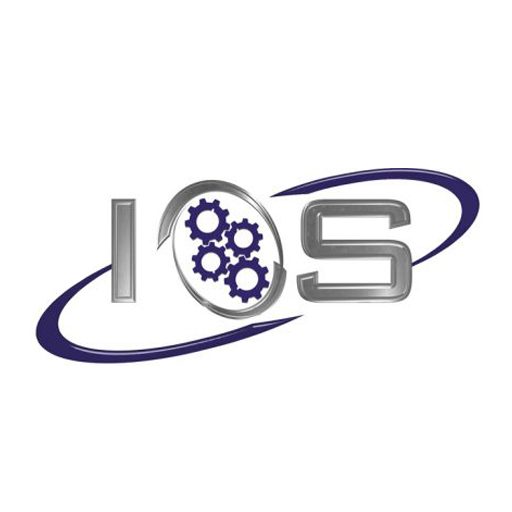What is Job Analysis?
Job
Analysis
Job analysis is a fundamental part of the practice of industrial/organizational psychology. Analyzing a job involves the determination of what tasks make up a job, the tasks’ relative importance, and what knowledge, skills, and abilities are necessary to successfully carry out those tasks. Job analysis results may be utilized for a variety of personnel management purposes but are especially important for selection and promotional decisions. Job analysis is undertaken prior to selection and promotional testing in order to determine what attributes qualify an individual for a specific job. In other words, the aspects identified through comprehensive job analysis serve as the criteria for tests and other assessments used in selection or promotion.

Job analysis is essential to meeting the legal requirements of personnel testing. The 1978 Uniform Guidelines on Employee Selection Procedures indicate that content-valid employment tests should have support that the content of the test is representative of the important aspects of the job position. Job analysis therefore provides the documentation necessary to demonstrate content validity of personnel tests and supplies evidence for legal defensibility of selection methods.
The Uniform Guidelines on Employee Selection Procedures (Equal Employment Opportunity Commission, 1978) specify in Section 14 (c) 2:
“Job-analysis for content validity. There should be a job-analysis which includes an analysis of the important work behavior(s) required for successful performance and their relative importance and, if the behavior results in work product(s), an analysis of the work product(s). Any job-analysis should focus on the work behavior(s) and the tasks associated with them. If work behavior(s) are not observable, the job-analysis should identify and analyze those aspects of the behavior(s) that can be observed and the observed work products. The work behavior(s) selected for measurement should be critical work behavior(s) and/or important work behavior(s) constituting most of the job.”
The process of job analysis can involve several methods of information-gathering, including observation, group meetings, interviews and surveys. Diversifying the sources of information helps obtain more accurate representation of the entire job (Morgeson & Campion, 1997). For the same purpose, as well as in order to ensure fairness, a representative sample of job incumbents (representative of the organization in terms of location, division, type of job assignment, race and gender) is utilized.
Disparate impact drastically reduces our ability to select a diverse group of applicants. Especially in the public safety industry, where is it important for the police and fire department workforce to reflect the racial composition of the community it serves, it is necessary to identify testing strategies that will minimize disparate impact but will still allow for the selection of qualified applicants. Indeed, it is the burden of employers to use tests that are highly valid but result in the slightest disparity possible. For this reason, it is the goal of I/O Solutions to develop entry-level selection tests that maximize validity levels while minimizing disparate impact outcomes. This was I/O Solutions’ central mission when the company was started over a decade ago, and this remains a primary focus today.

The I/O Solutions process
The I/O Solutions job analysis process typically begins with review of any pre-existing materials such as past job analyses and job descriptions. Next, interviews and job observations are conducted with a representative sample from the organization, with the purpose of obtaining task-level information about the job in question. The interviews and observations are complementary, as something that is accidentally omitted during an interview may be easily observed, and rarely performed but critical tasks that are not easily observed can be discussed in an interview. Job incumbents as well as supervisors – who may be more familiar with all aspects of the job – are interviewed. Interviews and observations provide I/O Solutions with a preliminary understanding of what skills and abilities are needed for successful performance in the specific job.
The Job Analysis Questionnaire
Information gathered through interviews and observation informs the creation of the Job Analysis Questionnaire (JAQ), a multisection survey instrument aimed at determining the knowledge, skills and abilities suitable for selection or promotional testing. Job incumbents’ ratings of task statements are obtained in the first section. The task statements are written to summarize major aspects and activities of the job and are organized by duty area (meaningful groupings of similar tasks). Some examples of duty areas include “Management and Leadership Activities” and “Training Activities.” Using five-point Likert rating scales, respondents indicate which tasks are important and used frequently in their job position. They also indicate whether the tasks are applicable to their job. An example of a task statement is “Review in-box items in order to determine responsibilities for self and staff.” The essentiality of each task is then calculated by using a proprietary formula that combines importance and frequency ratings for each task.
KSAs and Duty Areas
Ratings of importance and applicability for job knowledge, skill and ability areas are also collected in the JAQ. These ratings reflect the importance of the ability and knowledge areas to the job as a whole, across all duty areas, ensuring that the respective ability and knowledge areas are appropriate for testing. An example of a job knowledge area is “Agency Policies and Procedures.” An example of an ability area is “Decision-Making Ability.” Next, respondents rate the relative importance of duty areas.
Linkage
Finally, job duties are linked together with knowledge and ability areas by respondents in the final section of the JAQ. In conjunction with subject-matter expert input, this linkage section serves as a guideline for test formulation. Using a Likert scale, respondents rate to what degree a knowledge or ability is important to the performance of a duty area. For example, raters may be asked to judge to what degree the ability area of reading comprehension is important in the “Administrative Activities” duty area. The final knowledge linkage and ability linkage results provide a standardized score representing the importance of the knowledge or ability area across all duty areas, weighted based on the relative importance of the duty areas.
The results of the linkage analysis are used to determine an examination plan grounded in empirical data that is specifically linked to the job analysis. For more information, please see “Best Practices Related to Promotional Job Knowledge Exams.”
References
Equal Employment Opportunity Commission, Civil Service Commission, Department of Labor & Department of Justice (1978). “Uniform guidelines on employee selection procedures.” Federal register, 43 (166), 38290-38315.
Morgeson, F. P. & Campion, M. A. (1997). “Social and cognitive sources of potential inaccuracy in job analysis.” Journal of Applied Psychology, 82(5), 627-655.
Questions? Contact Us!




